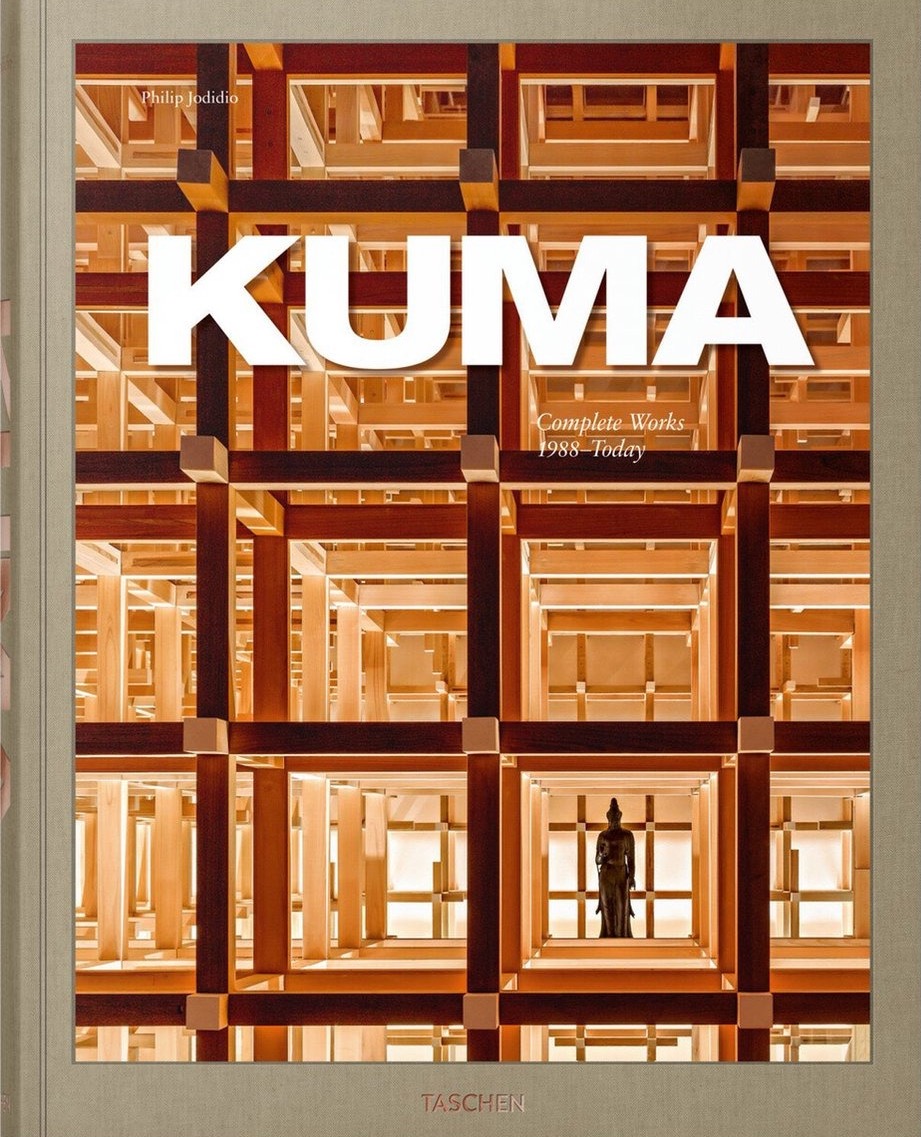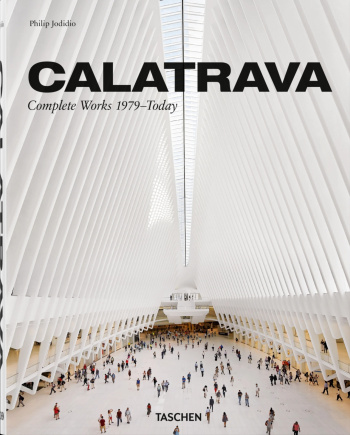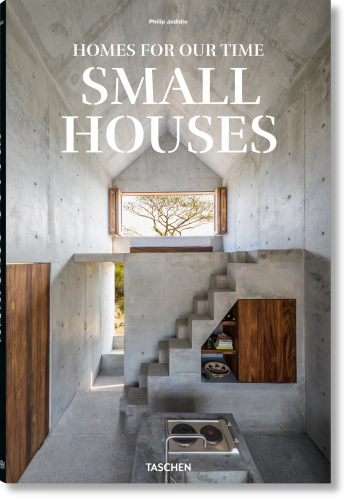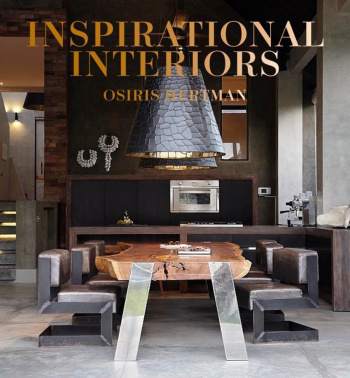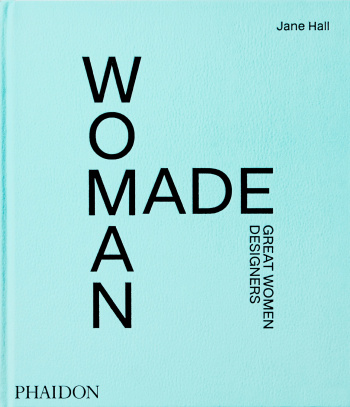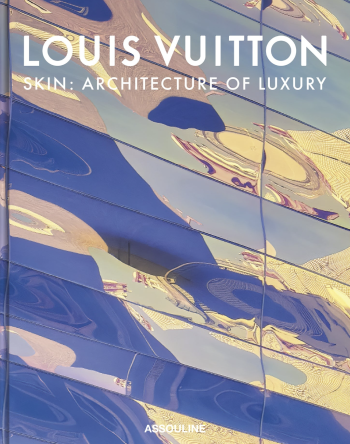Following Tadao Ando, Toyo Ito and Fumihiko Maki, Kengo Kuma has given Japanese architecture new vigor and lightness. Averse to the modernist skyscrapers of the 20th century, Kuma traveled through his native Japan to develop a truly sustainable approach, translating local craftsmanship and local resources into buildings built in the right place at the right time.
Informed by tradition and with both feet planted firmly in the present, this "materialist" ushers in a new tactile architecture characterized by engaging surfaces, innovative structures and fluid forms that reconnect people to the physicality of a home. Above all, Kuma's goal is to "simply respect the culture and environment of the place where I work."
To this end, Kuma shaped the China Academy of Art's Folk Art Museum partly from discarded roof tiles; created a chapel of birch wood and moss in Nagano; and collaborated with local artisans to shape the V&A Dundee as a twisted, layered reflection of Scotland's coastal cliffs. With an extraordinary sensitivity to space, light and texture, Kuma reveals unexpected qualities in materials, such as the weightlessness of stone in Chokkura Plaza and the softness of aluminum in the thatched roof of the Yangcheng Lake Tourist Transportation Center.
More recently, the architect brought his philosophy to Japan's National Stadium being built for the Olympics, originally scheduled for 2020. Kuma has said that the stadium "could be the catalyst that will turn Tokyo back from a concrete city. I want it to become an example that will help change the direction of Japanese architectural design."
In this XXL-sized monograph, with some 500 illustrations of photographs, sketches and plans, architect Kengo Kuma guides us through his entire career to date, describing both milestone projects and works in progress.
Specifications
Title: Kuma. Complete Works 1988-Today
Author: Kengo Kuma
Publisher: TASCHEN
Size: 308 x 390 mm
Size: 460 pages
Weight: 4.97 kg
Language: English
Material: Hardcover
ISBN: 9783836575126





































